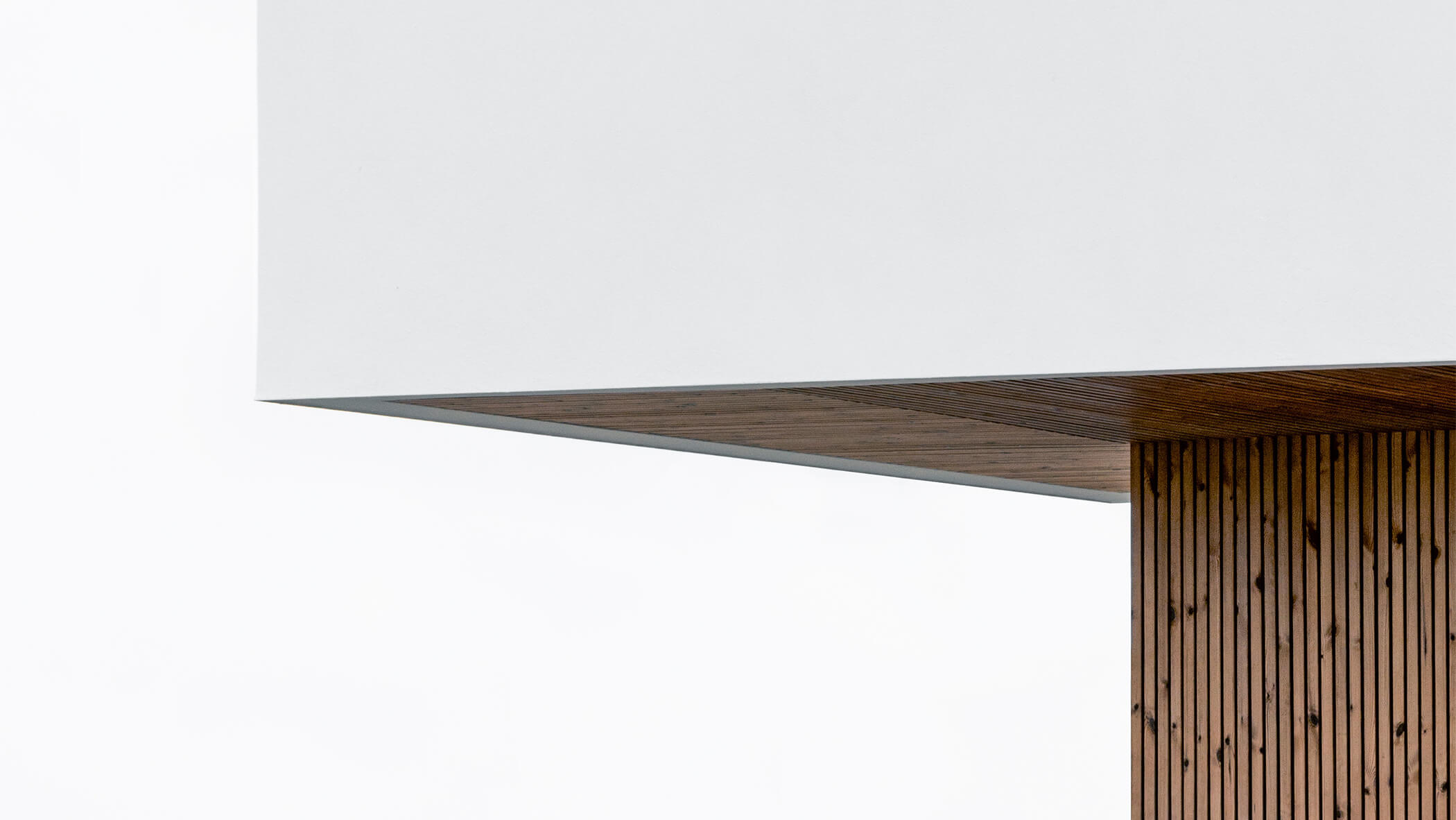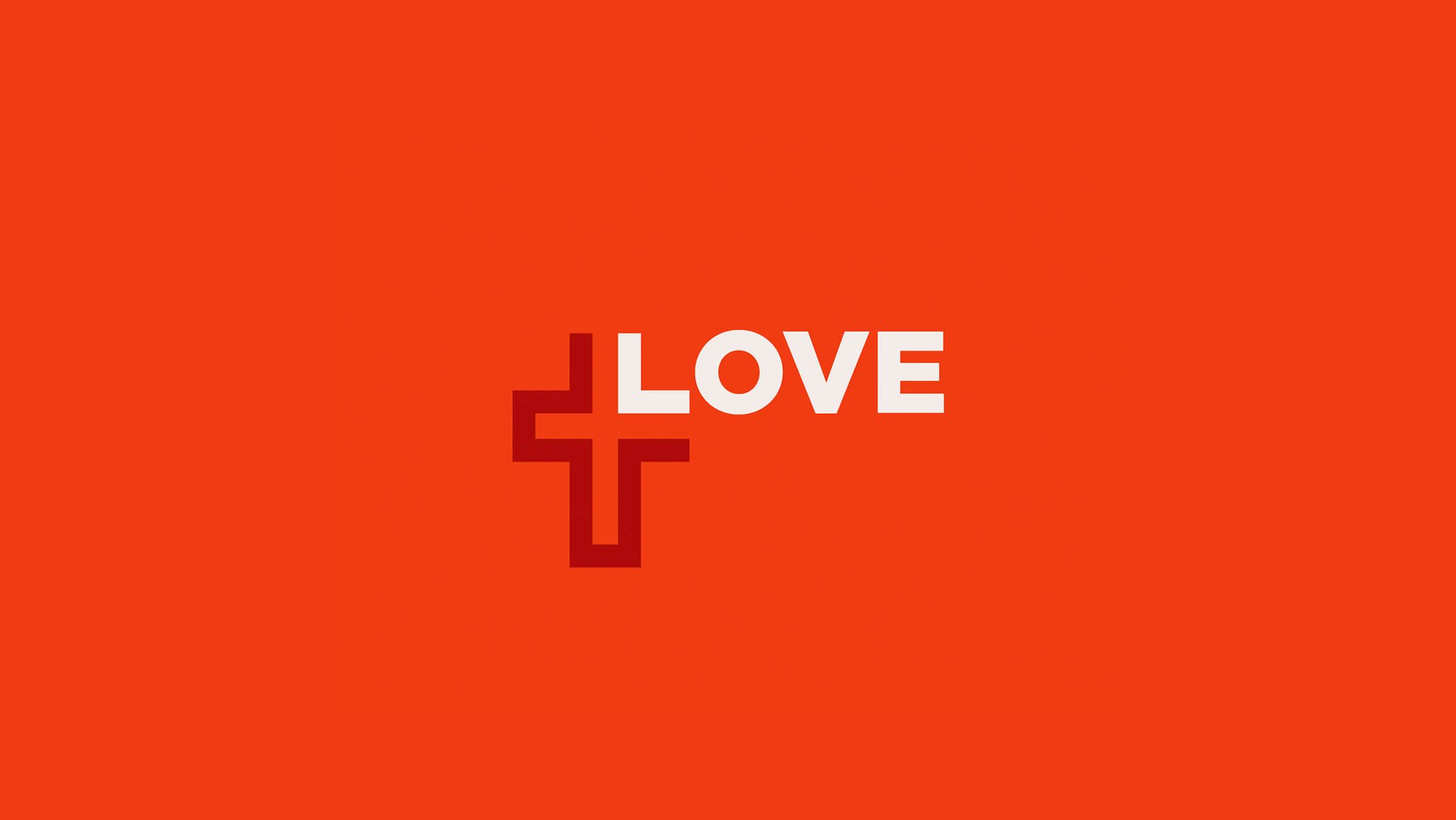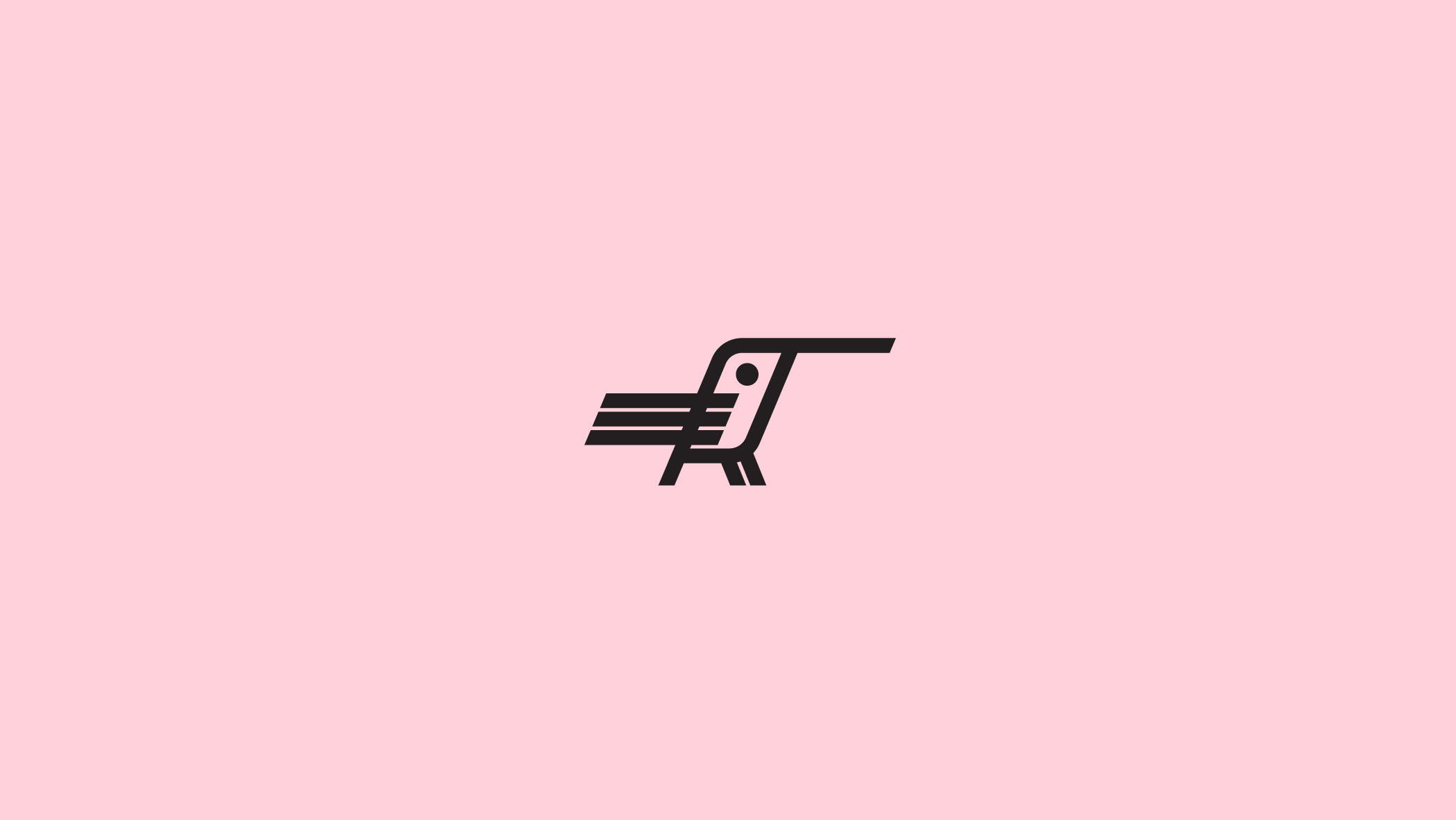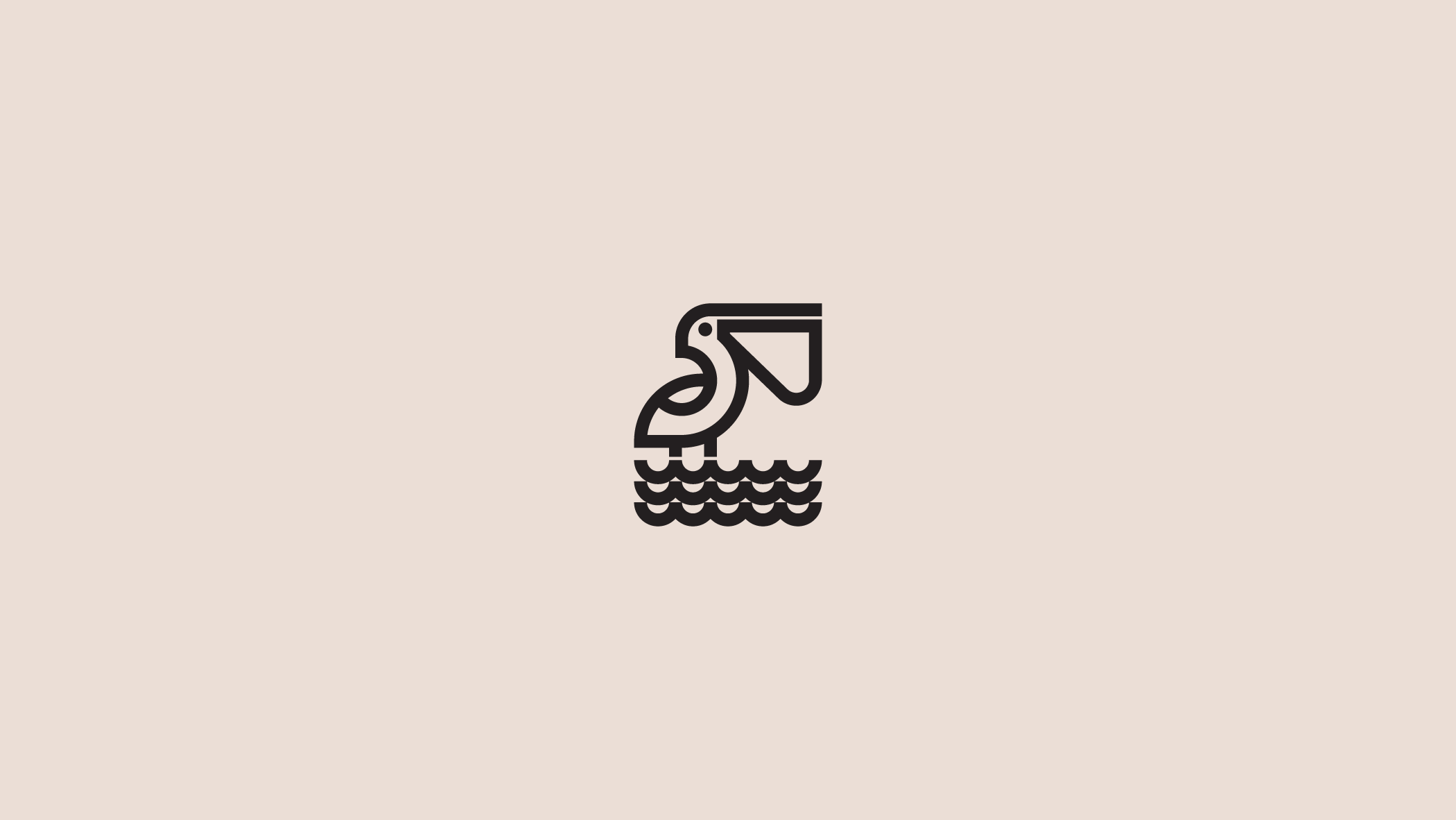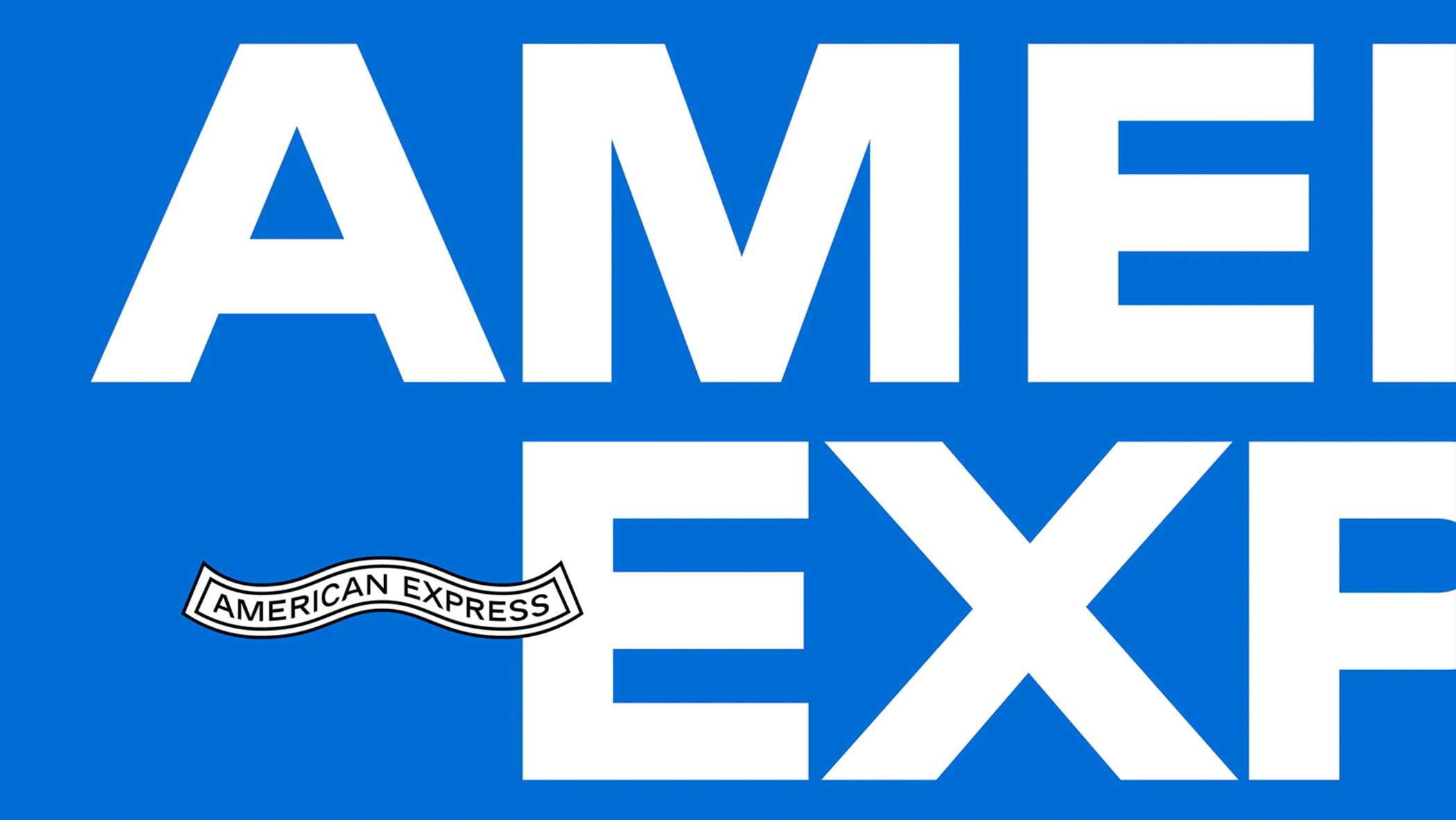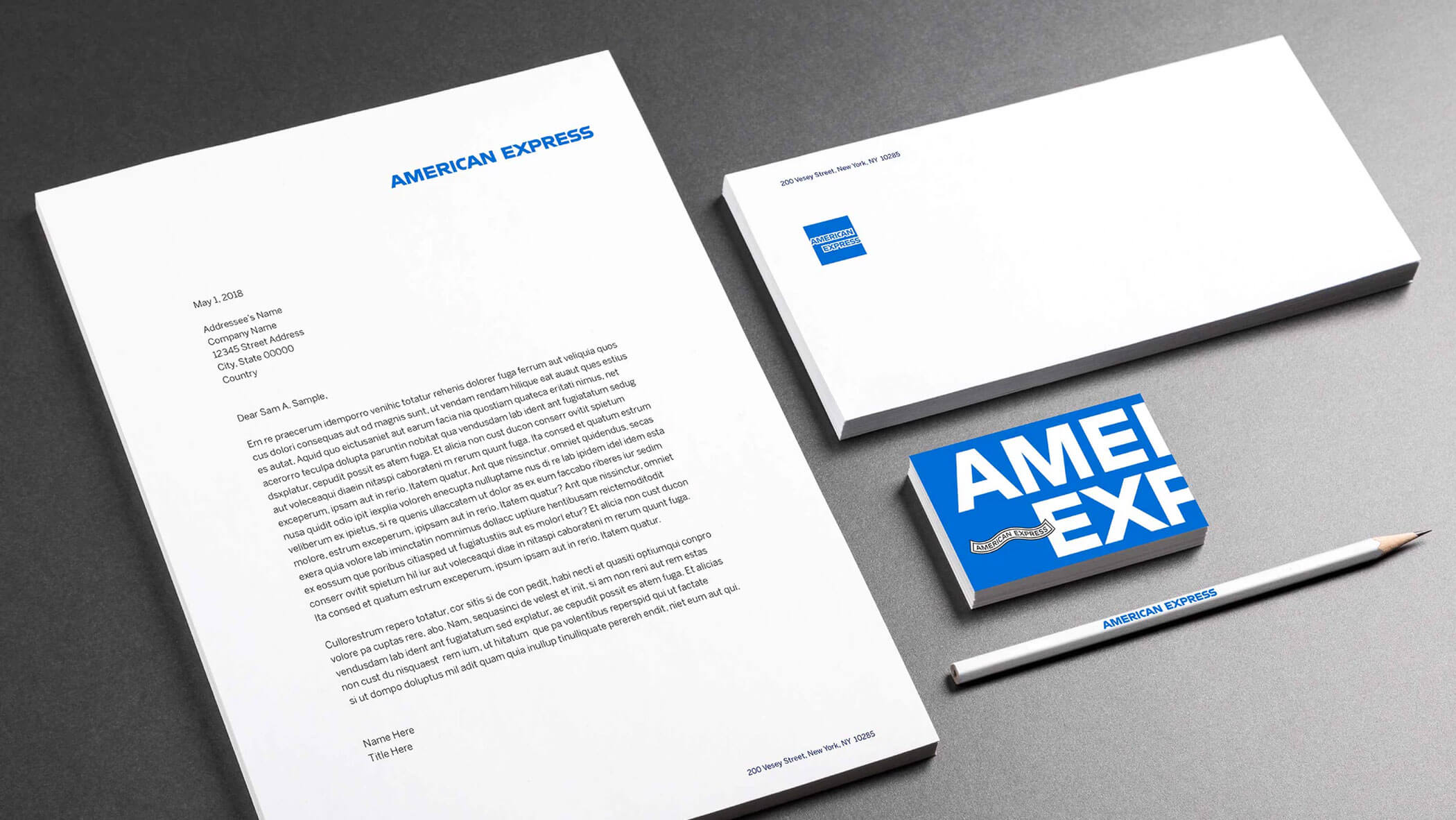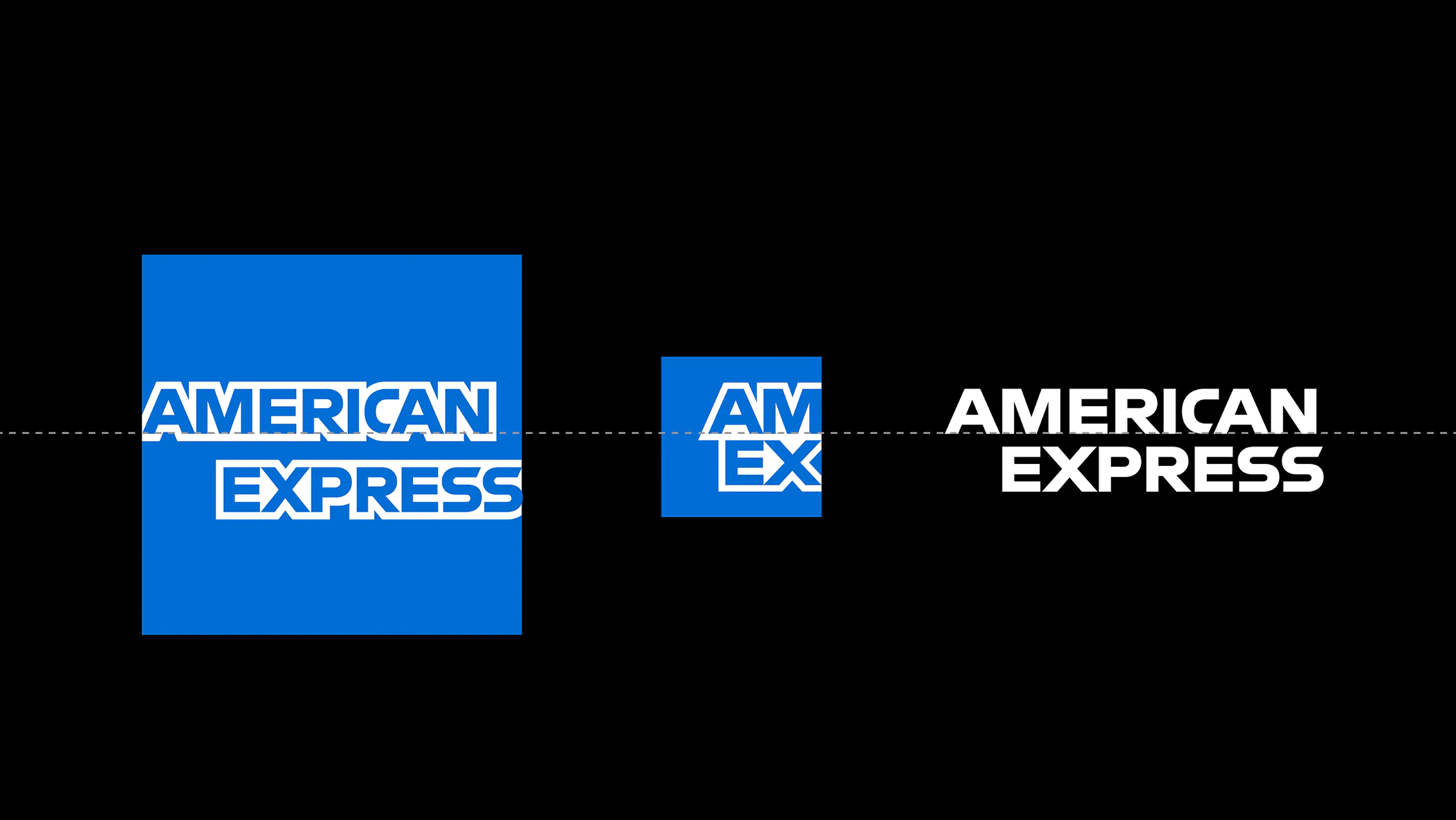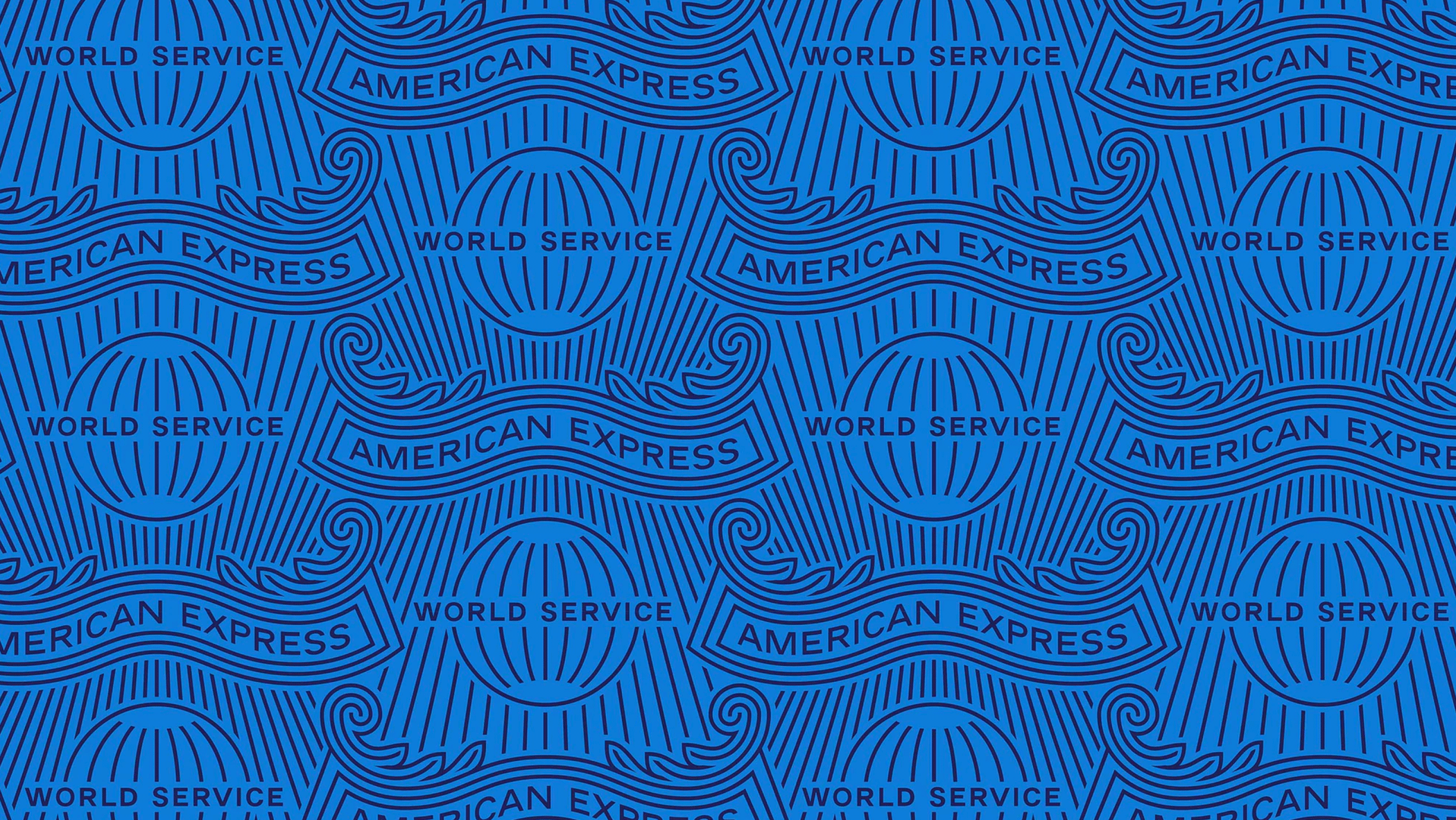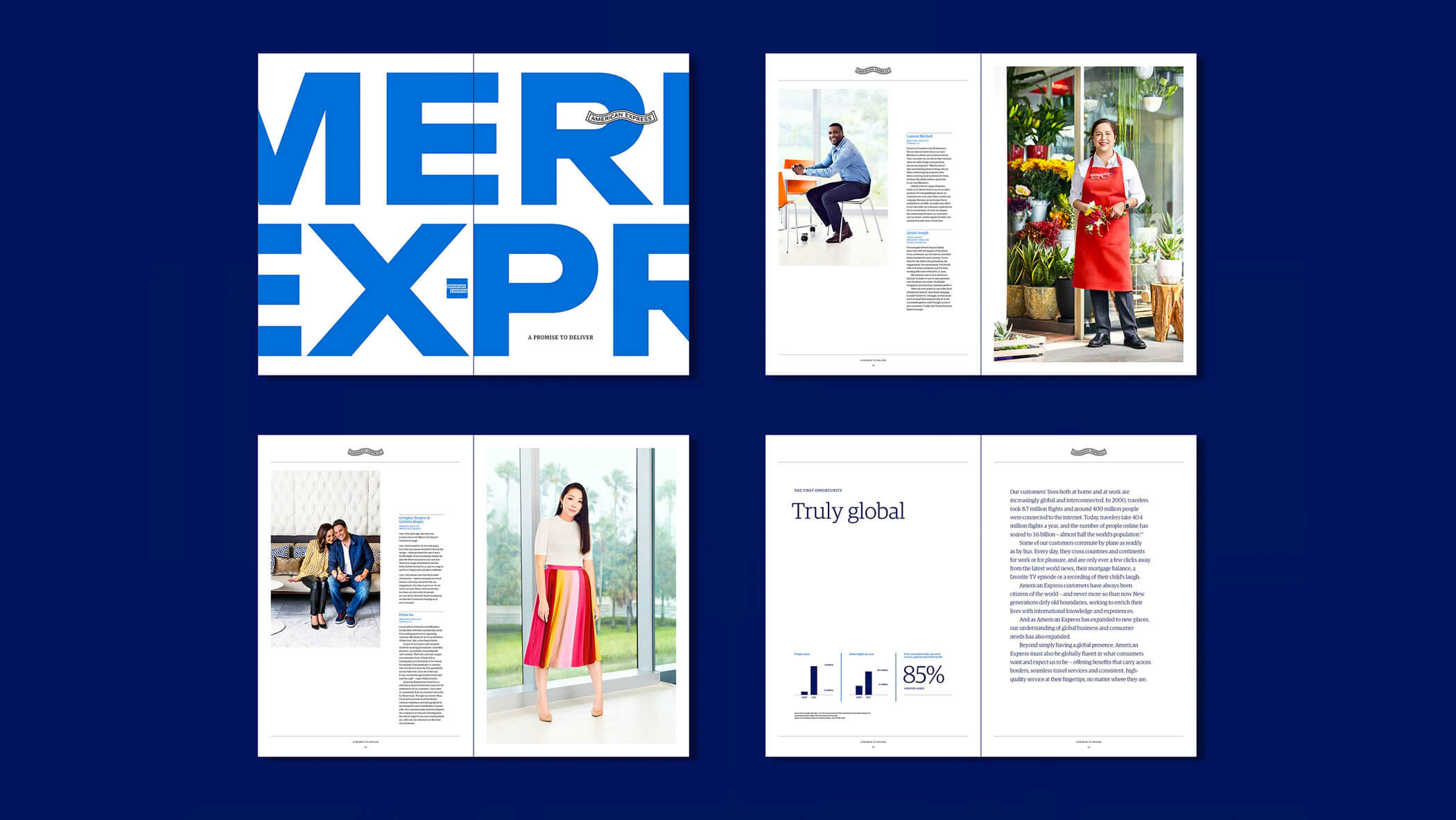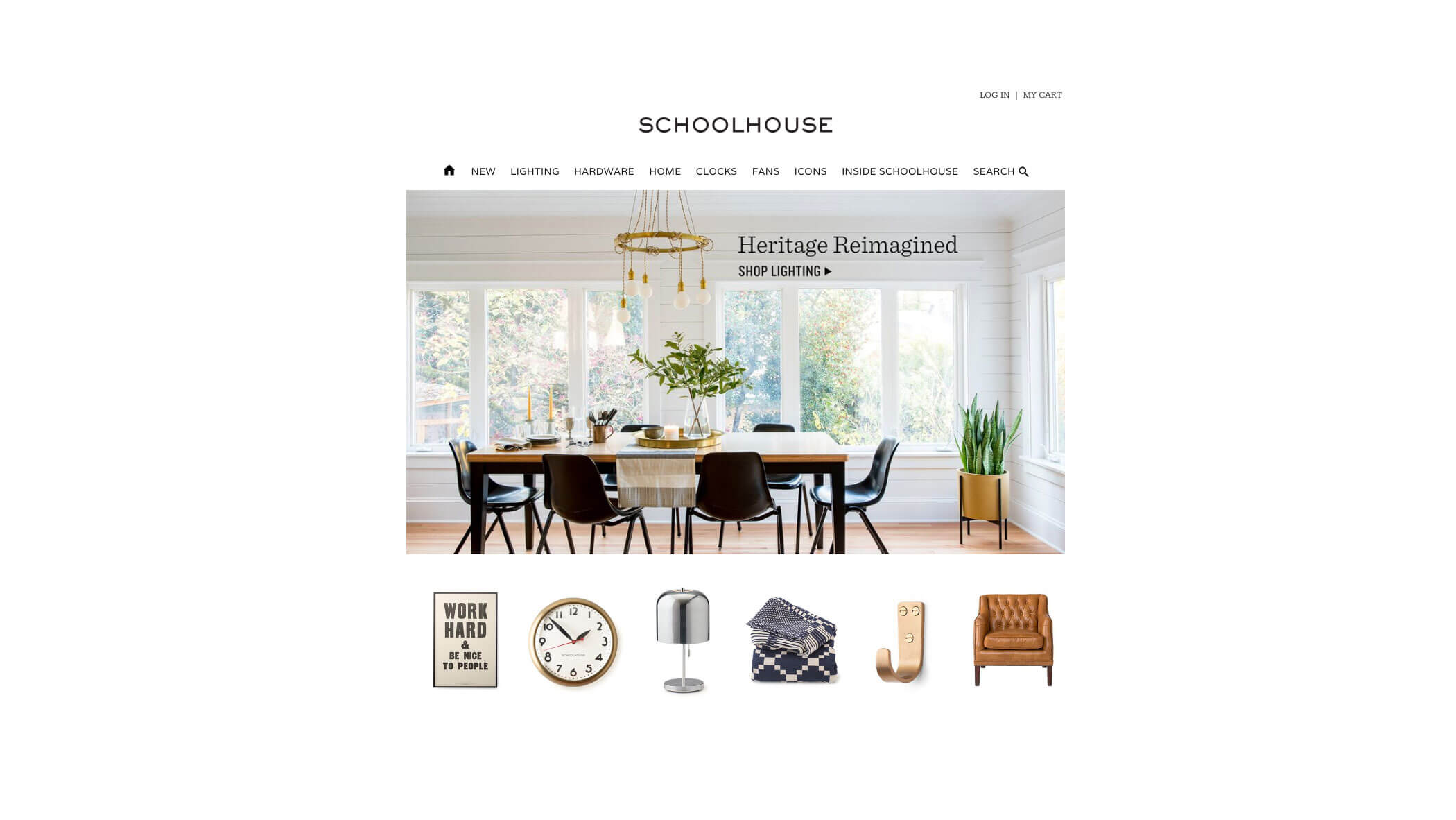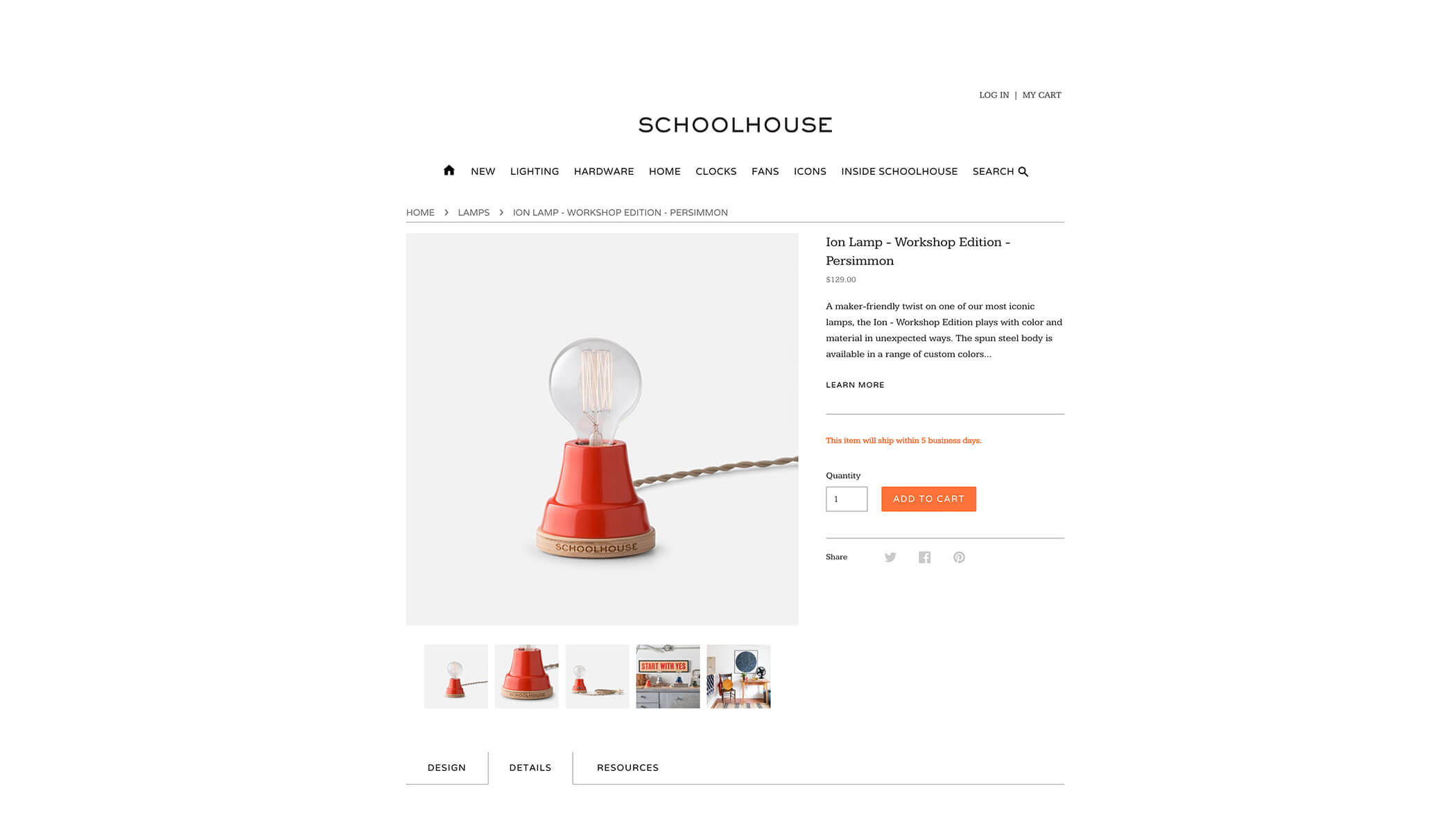All You Need is Less
While the pursuit of simplicity in design is worthwhile, it’s rarely accomplished quickly or easily. Achieving it requires time, and more complex thinking. In an effort to be mindful of simplicity in my own work, I find aligning to a few key questions throughout the design process helps to keep things on track.
I’m constantly asking:
- Is there a better way to convey the meaning or purpose of this communication?
- Is each element absolutely necessary?
- If I show this to my 11 year old will he get it? (Immediately?)
- Am I open to alternate approaches, or am I “wedded” to this one idea?
Simplicity in design works. By removing excess, we enable clarity, and create instant recognition. Think Apple or Nike, it’s no accident that some of the most powerful companies in the world are represented by the simplest and most memorable marks.
Whether it’s a printed communication, logo, or website, the pursuit of simplicity can yield countless benefits. For your next design project, try making simplicity your choice. Keep these questions handy, or develop a list of your own. They’ll keep you accountable to your goal, and likely produce more crafted and considered work.
